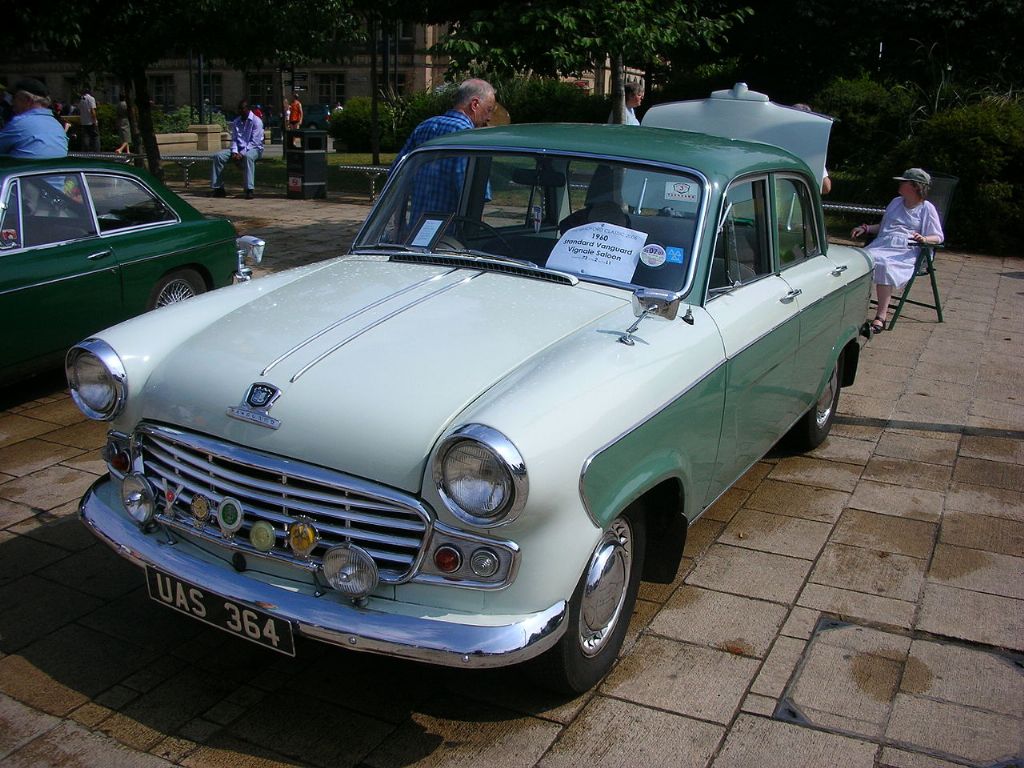Home > Classic Car Data > Standard Vanguard Vignale
Standard Vanguard Vignale
Intelligence Data:
About the Standard Vanguard Vignale
The Standard Vanguard was a car produced by the Standard Motor Company in Coventry from 1947 to 1963.
The car was announced in July 1947, was completely new, with no resemblance to the previous models, and was Standard's first post-Second World War car. It was also the first model to carry the new Standard badge, which was a heavily stylised representation of the wings of a griffin.
In the wake of the Second World War many potential customers in the UK and in English-speaking export markets had recently experienced several years of military or naval service, therefore a car name related to the British Navy carried a greater resonance than it would for later generations. The name of the Standard Vanguard recalled HMS Vanguard, the last of the British Navy's battleships, launched in 1944 amid much media attention, permission to use the name involved Standard in extensive negotiations with senior Royal Navy personnel.
A face-lift of the Phase III was designed by Italian stylist Giovanni Michelotti and coach-builders Vignale in 1958, and was introduced at the October 1958 Earls Court Motor Show.The windscreen and rear window were deeper, and there was a revised grill and trim. A floor change four-speed manual gearbox was now fitted, and the provision of a three-speed gear box with column change offered as an option. An overdrive was also offered an option, as was an automatic. One automatic car is known to have survived - there may be others.
The car had front and rear bench seats, which were covered, as standard, in Vynide. Leather was an option on the home market and cloth for exported models. A heater and (unusual for the time) electric windscreen washers were factory fitted, although a radio remained an option.
A Vignale with overdrive was tested by the British magazine The Motor in 1959. It recorded a top speed of 82.8 mph (133.3 km/h), acceleration from 0–60 mph (97 km/h) in 20.8 seconds and a fuel consumption of 28.0 miles per imperial gallon (10.1 L/100 km; 23.3 mpg-US). The test car cost £1147 including taxes of £383.
Vital Statistics
| Years: | 1958 to 1961 |
| Capacity: | 2088 cc |
| Engine: | Straight 4 |
Source: Wikipedia
Search Database
Classified Alerts
We can help you find the classic vehicle you desire.
Advertise Here
You can advertise your business here. Call us on
01892 457670

